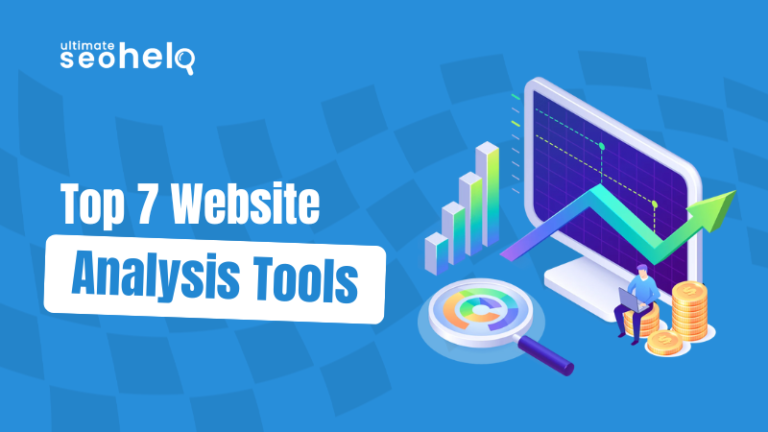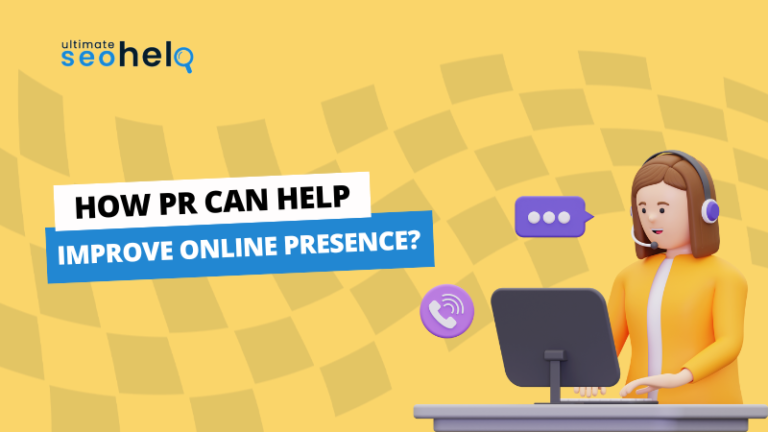Today, every business wants to improve its online visibility as it is a key factor in promoting services. Did you know that Google has more than 8.5 billion searches per day worldwide? Such numbers show that optimizing your website and being aware of the SEO strategies is more crucial than ever. This blog lets us know about the essential SEO tactics for improving online visibility. But before that, let’s understand what SEO marketing and SEO tactics are.
What is SEO Marketing?
We all have heard how important SEO is for improving organic visibility in search engine results pages (SERPs). But do you know that SEO marketing is essential and a cost-effective strategy? Initially, SEO marketing might take time, resources, and money, but it will benefit you later. This is solely because it helps you get organic traffic without spending daily costs on running ads such as in PPC. In contrast to PPC, which stops bringing you traffic the moment you close your spending, SEO is a sustainable option that delivers results even later.
What Are SEO Tactics?
SEO, i.e., search engine optimization, is a process of improving your website by applying various strategies to increase its online visibility. About 81% of shoppers today go online to research their product or service before making any purchase. This shows the importance of putting your online brand on top of others whenever shoppers search for it. This is where the role of SEO tactics set in. SEO tactics are the various SEO strategies that help create and optimize your content in search engine results. The aim is to attract more organic traffic to your website.
7 Essential SEO Tactics to Know In 2024
You have your business plan and products ready. What to do next? Of course, you will have to showcase your brand online to your audience. But is it that easy? Well, first, you need to have a well-optimized website that understands your target audience’s nerves. Next, you will have to curate content that resonates. And lastly, you should be aware of these 7 essential SEO tactics:
-
Build Your Business Strategy First
It is 2024, and the trends will change with each coming year. Therefore, your business strategy is the first thing to know before focusing on SEO strategies. Building your business strategy means you must be aware of the latest trends in your niche, new products, markets, and the audience in general. Map out a plan as to how you will align your goals with improving SEO.
-
Think Bigger than SEO
Don’t just focus on SEO; think more prominent than that. Website optimization, keyword research, and interlinking are essential, but think outside of these. Take a holistic approach by focusing on social media, e-mail marketing, and PR activities. Your aim should be to showcase your brand on every platform possible. Remember, SEO alone will not yield the best results.
-
Know Your Audience
The most essential SEO tactic is to know your audience. This includes understanding your customers’ search and buying behavior. Mapping your customers’ journey and discovering what your audience is looking for is crucial for SEO. Moreover, ask yourself these questions: Does my audience prefer written or visual content? Is there a new audience that I can tap into?
-
Map Out Your Competitors
Monitoring your competitors is essential to analyzing their SEO strategies and improving your own. This means uncovering their strengths and weaknesses and using these insights to create your strategy. By mapping out your competitors, you can discover the gaps they missed and take them as opportunities for your business.
-
SWOT Analysis
After planning your business strategies and mapping out your competitors, it’s time to focus on SWOT Analysis. SWOT stands for strengths, weaknesses, opportunities, and threats. Considering and analyzing these aspects is essential as they keep you on track.
-
Use The Right SEO Tools
Are you aware of the tools you are using for your SEO? You might not know that your competitors are gaining a good advantage just by using the right SEO tools. Semrush, Moz, Google Trends, Ahrefs, and Screaming Frog are some of the top SEO tools to consider.
-
Embrace AI
AI and its buzz are all around. But do you know you can embrace AI in your SEO strategy? AI is said to transform SEO as it makes processes more efficient, faster, and user-centric. This is done by improving search accuracy, analyzing data patterns, and optimizing content. However, relying on AI is not healthy. Learn the art of embracing AI while adding on your human expertise.
Let’s Wrap Up!
Investing in SEO marketing is a long-term investment that comes with good returns. But you should be well aware of the SEO tactics to use to revamp your SEO game:
- Understanding your business goals
- Knowing your audience
- Mapping competitors
- Using the right SEO tools
- Embracing AI
For more helpful information like this, visit our blog page or contact our SEO Consultants, who will help you improve your business’s online visibility.











